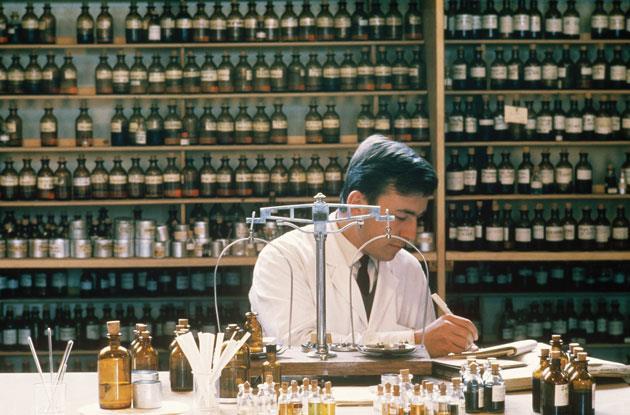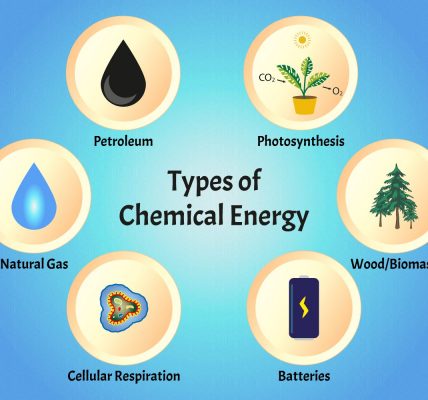Perfumes and fragrances have been an integral part of human culture for danatoto millennia, enchanting our senses and playing a crucial role in personal grooming and identity. But what lies at the heart of these captivating scents is a complex chemistry that involves the artful blending of various chemical compounds. This 1000-word article delves into the fascinating world of perfume chemistry, exploring how different ingredients come together to create the fragrances we love.
Introduction
The allure of perfumes lies not just in their ability to evoke memories and emotions but also in their intricate composition. The chemistry of perfumes is a delicate science, balancing volatility, stability, and reactivity of numerous components to produce a harmonious and enduring scent.
The Basic Components of Perfumes
Perfumes are typically composed of a mixture of aromatic compounds and a solvent, usually alcohol, which acts as a carrier for the scent.
Essential Oils
These natural extracts, obtained from plants through processes like distillation or expression, form the foundation of many fragrances. Each essential oil has a unique combination of chemical constituents, contributing to its distinct scent.
Aroma Compounds
Also known as aroma chemicals, these can be naturally derived or synthetically created. They include a wide range of chemical structures like terpenes, esters, aldehydes, and alcohols.
Fixatives
These substances help stabilize the volatile components of the perfume, prolonging the fragrance’s longevity on the skin. Common fixatives include resins, musk, ambergris, and synthetic molecules like diethyl phthalate.
The Chemistry of Scent
Volatility and Notes
The perfume’s scent profile is largely determined by the volatility of its components. Perfumes are often described in terms of top, middle, and base notes, corresponding to their volatility.
- Top Notes: These are the most volatile components and are the first scents perceived upon application. They are usually light, fresh notes like citrus or herbs.
- Middle Notes: Also known as heart notes, these emerge after the top notes dissipate. They are usually more mellow and rounded, often floral or fruity.
- Base Notes: These are the least volatile and linger the longest. Base notes are typically rich and deep, such as musk or wood scents.
Molecular Structure and Scent
The molecular structure of aromatic compounds significantly influences their scent. Minor changes in molecular structure can result in markedly different aromas. For instance, limonene, a terpene, has two isomers: one smells like oranges, and the other like lemons.
Synthetic Aromas and Natural Extracts
Synthetic Aromas
The development of synthetic chemistry has vastly expanded the palette of scents available to perfumers. Synthetic aromas can replicate natural scents or create entirely new ones. They also offer consistency and sustainability, as they do not rely on limited natural resources.
Natural Extracts
Despite the advances in synthetic aromas, natural extracts remain prized for their complexity and depth. They often contain hundreds of different compounds, contributing to a rich, multifaceted scent.
The Art of Perfume Making
The Perfumer’s Role
Creating a perfume is an art akin to composing music. Perfumers, often called “noses,” must have a deep understanding of the properties of various scent components and how they interact with each other.
Blending Techniques
The process involves carefully blending different oils and aroma compounds to achieve a balanced and pleasing scent. This requires not only chemical knowledge but also creativity and intuition.
The Science of Scent Perception
Olfactory Reception
Our perception of scent begins in the olfactory system. Molecules interact with olfactory receptors in the nose, sending signals to the brain that are interpreted as different smells.
The Psychology of Scent
Scent can have a profound psychological impact, evoking emotions and memories. This is because the olfactory system is closely linked to the limbic system, the part of the brain responsible for emotions and memories.
Technological Advances in Perfume Chemistry
Gas Chromatography-Mass Spectrometry (GC-MS)
This technology allows chemists to analyze and identify the individual components of a perfume, aiding in the replication of natural scents and the development of new ones.
Molecular Scent Technology
Advances in biochemistry and molecular science are paving the way for new methods of scent synthesis, including the recreation of rare or extinct smells.
Challenges in Perfume Chemistry
Stability and Reactivity
One of the challenges in perfume formulation is ensuring that the scent remains stable over time and does not react adversely with other substances, like skin or packaging materials.
Allergens and Regulations
Certain fragrance compounds can cause allergic reactions. The perfume industry is subject to regulations regarding the use of potential allergens.
The Environmental Impact
Sustainability
The sourcing of natural ingredients and the environmental impact of synthetic compounds are significant concerns. The industry is increasingly focusing on sustainable practices, from sourcing to production.
Conclusion
The chemistry behind perfumes and fragrances is a fascinating blend of science, art, and sensory experience. It involves not only the complex interactions of various chemical compounds but also an understanding of human psychology and sensory perception. As technology advances, so too will the capabilities and creativity in perfume making, continuing to captivate and intrigue us with new scents and experiences. The future of perfumery lies in balancing innovation with sustainability, continuing to enchant while respecting our planet and its resources.











